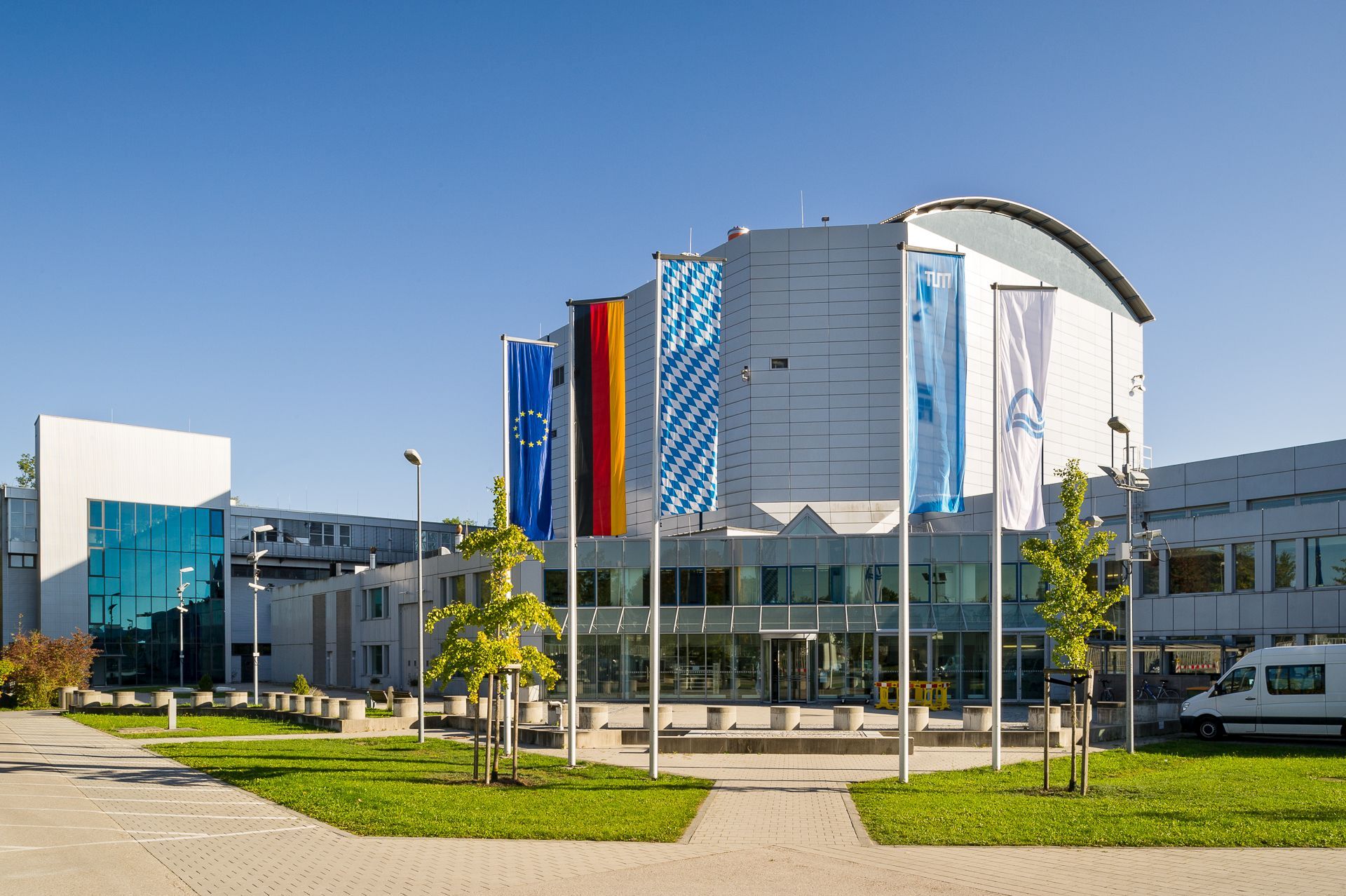The Bavarian Administrative Court has confirmed the legality of the operation of the FRM II research reactor. It dismissed a corresponding complaint by the Bund Naturschutz against the Heinz Maier-Leibnitz research neutron source in Garching. The Scientific Director of the FRM II, Prof. Dr. Christian Pfleiderer, said: "This means that this enormously important facility for science and medicine can continue to be operated."
 Astrid Eckert / TUM
Astrid Eckert / TUM The Bavarian Administrative Court announced today that the appeal has been dismissed. An appeal will not be allowed. The full judgment with reasons is expected in the coming months. At the heart of the legal dispute was a condition in the 2003 operating license for the research neutron source, which stipulated that the FRM II was to be converted to a fuel with a maximum enrichment of 50 percent of fissile uranium-235 "as soon as the new fuel is developed, qualified and industrially available". However, this has not yet been the case technically and scientifically.
In the meantime, however, years of extensive research at the Technical University of Munich (TUM) have led to the development of a process for switching completely to low-enriched uranium 235 with values below 20 percent. FRM II is currently pressing ahead with this approach. A contract was recently signed with the French company Framatome to industrialize the production of the new fuel. FRM II will submit a license application for the conversion in 2025.
Bavaria's Science Minister Markus Blume said: "This is a decision for science and against ideology! The FRM II is Germany's most powerful research reactor. This is an extremely important research infrastructure for Bavaria, Germany and Europe. Nuclear expertise, for example, is crucial for medical progress. Research strength and technological openness without ideological blinkers are prerequisites for a good and safe future."
FRM II Director Pfleiderer said: "We will continue to pursue the conversion to low-enriched uranium with full commitment and in accordance with the timetable. After all, scientists, cancer patients and industrial companies urgently need the neutrons from the research neutron source."
The FRM II has been in operation since 2004 and supplies neutrons for science, medicine and industry. For example, researchers from the future coronavirus vaccine manufacturer BionTech have examined mRNA particles with neutrons at the FRM II. Scientists from all over the world use the neutron beams for their work, for example to make batteries without cobalt possible and to develop rechargeable batteries with a longer service life. Antibiotics against resistant bacteria, new alloys for more efficient gas turbines and better materials for quantum technologies are also being researched at the FRM II.
The FRM II is currently undergoing an extended maintenance break. The central channel, an essential component in the reactor pool, needs to be replaced.






